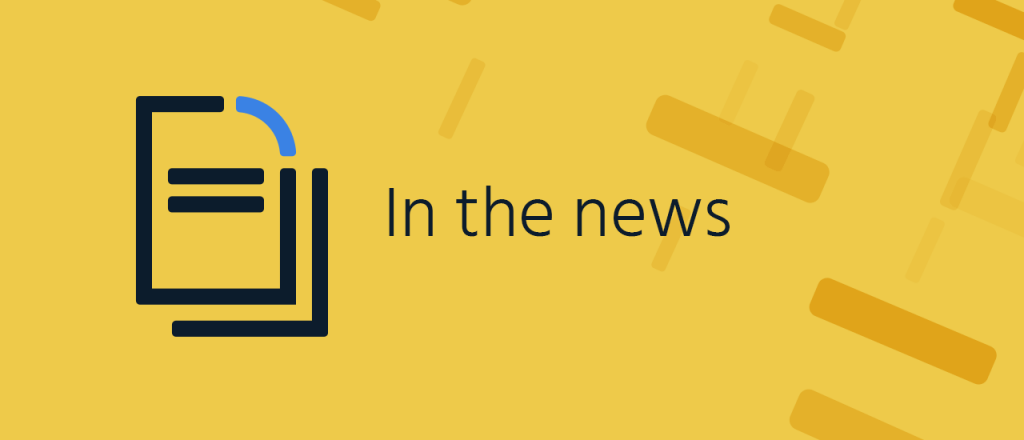0
Time for another Python challenge. This time it’s the palindrome challenge. What is a palindrome? A palindrome is a word, number, phrase, or other sequence of characters which reads the same backward as forward. Some examples are level, radar, stats.
The goal is to take a string the user inputs, reverse the string and see if it’s identical backward as forward. I will divide my code into two functions:
- get_string
- check_palindrome
The first function simply takes the string that is input. The second function checks if it’s a palindrome and prints the result.
As always, let’s first start with a docstring:
"""Program to check if string is a palindrome"""
Then we create a function to get the string from the user. This code should look familiar if you went through the divisors challenge.
def get_string():
"""Get a string from user to be used in function to check for palindrome"""
# Get string from user with input() and return result
user_string = input("Please enter a string to check if it's a palindrome: ")
return user_string
Now for the more interesting part, to check if a string is a palindrome. To do that, we need to reverse the string. How can we Continue reading
